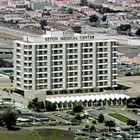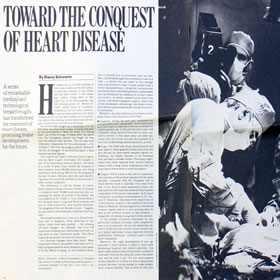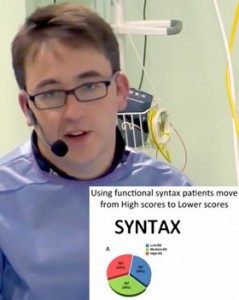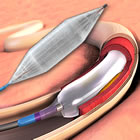 Next week, on September 17-18, 2015, the 4th Advanced International Masterclass on the Transradial Approach will be held in Liverpool, England and, if you already perform or want to start using the wrist approach to diagnostic or interventional procedures, you need to attend. Where else will you be able to spend two-days with the most expert and experienced radial practitioners in the world?
Next week, on September 17-18, 2015, the 4th Advanced International Masterclass on the Transradial Approach will be held in Liverpool, England and, if you already perform or want to start using the wrist approach to diagnostic or interventional procedures, you need to attend. Where else will you be able to spend two-days with the most expert and experienced radial practitioners in the world?
I went to the last two AimRADIAL courses in New York City and Chicago and witnessed something I hadn’t really seen since the early days of angioplasty: a relatively small meeting (i.e. less than 300) attended by the pioneers of the procedure, cardiologists who have the largest experience in the radial approach, talking among themselves and trading their latest findings and techniques with each other, and sharing this information with the newer generation of physicians in attendance.It felt like an actual community! Continue reading

 If you’re a cardiologist, Fellow, or in the allied health fields, and you weren’t able to make it to London for the five-day-long European Congress of Cardiology meeting, you can get a quick dose of the latest and greatest in a single day on Saturday, September 19, in Short Hills, New Jersey.
If you’re a cardiologist, Fellow, or in the allied health fields, and you weren’t able to make it to London for the five-day-long European Congress of Cardiology meeting, you can get a quick dose of the latest and greatest in a single day on Saturday, September 19, in Short Hills, New Jersey.
 I recently was rifling through some old files of news clippings (you remember those pesky things, don’t you?) and came across a major New York Times Magazine feature from 1983. It was titled, “
I recently was rifling through some old files of news clippings (you remember those pesky things, don’t you?) and came across a major New York Times Magazine feature from 1983. It was titled, “
 Consumer Reports regularly publishes health information to aid the consumer/patient in making decisions. And that’s a good thing. But also important is having the most current information, which their January 27, 2015 article, titled “
Consumer Reports regularly publishes health information to aid the consumer/patient in making decisions. And that’s a good thing. But also important is having the most current information, which their January 27, 2015 article, titled “


